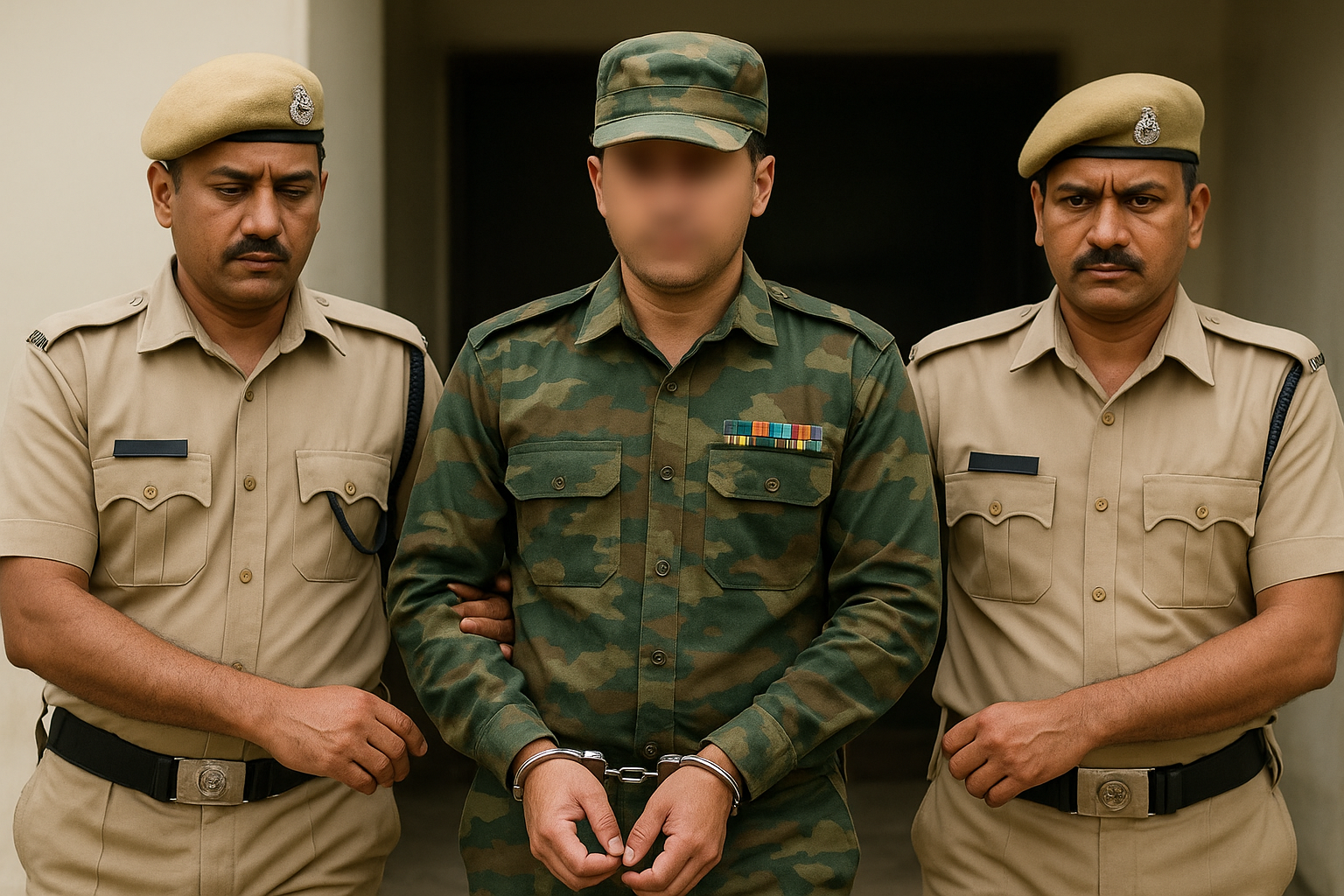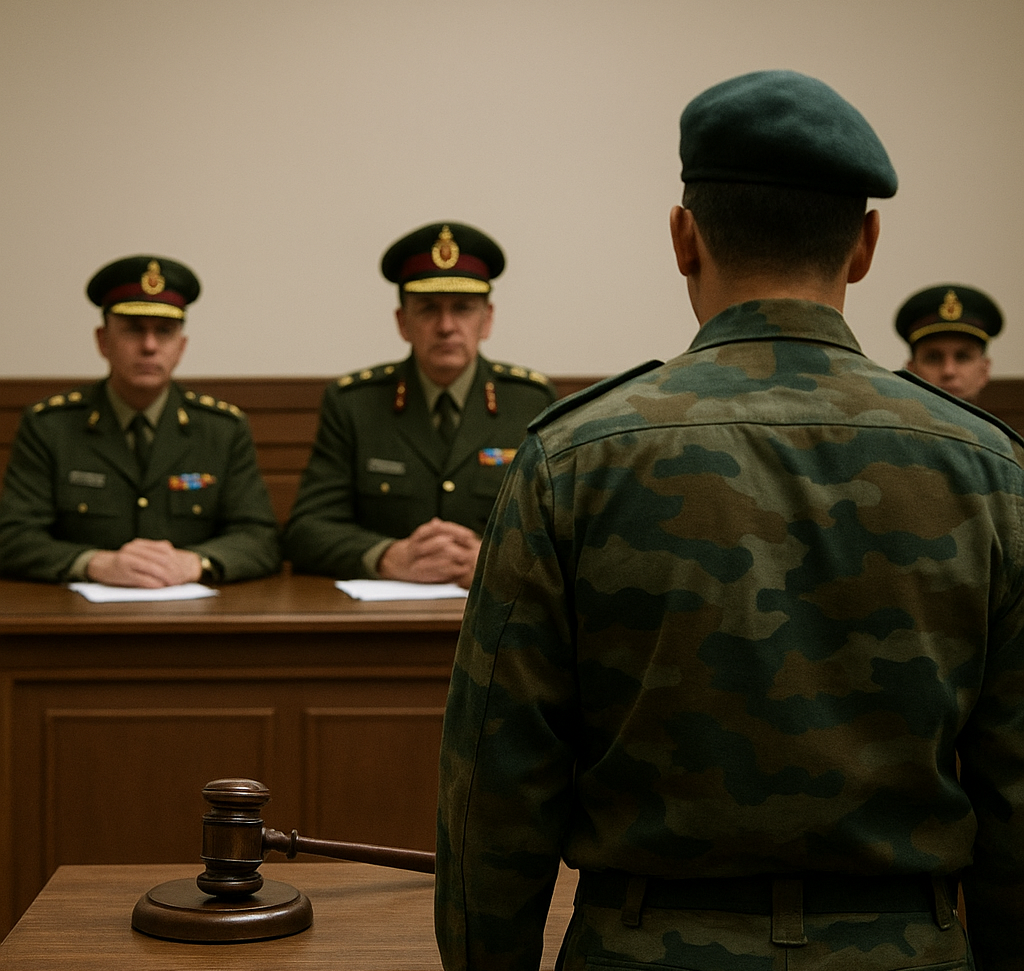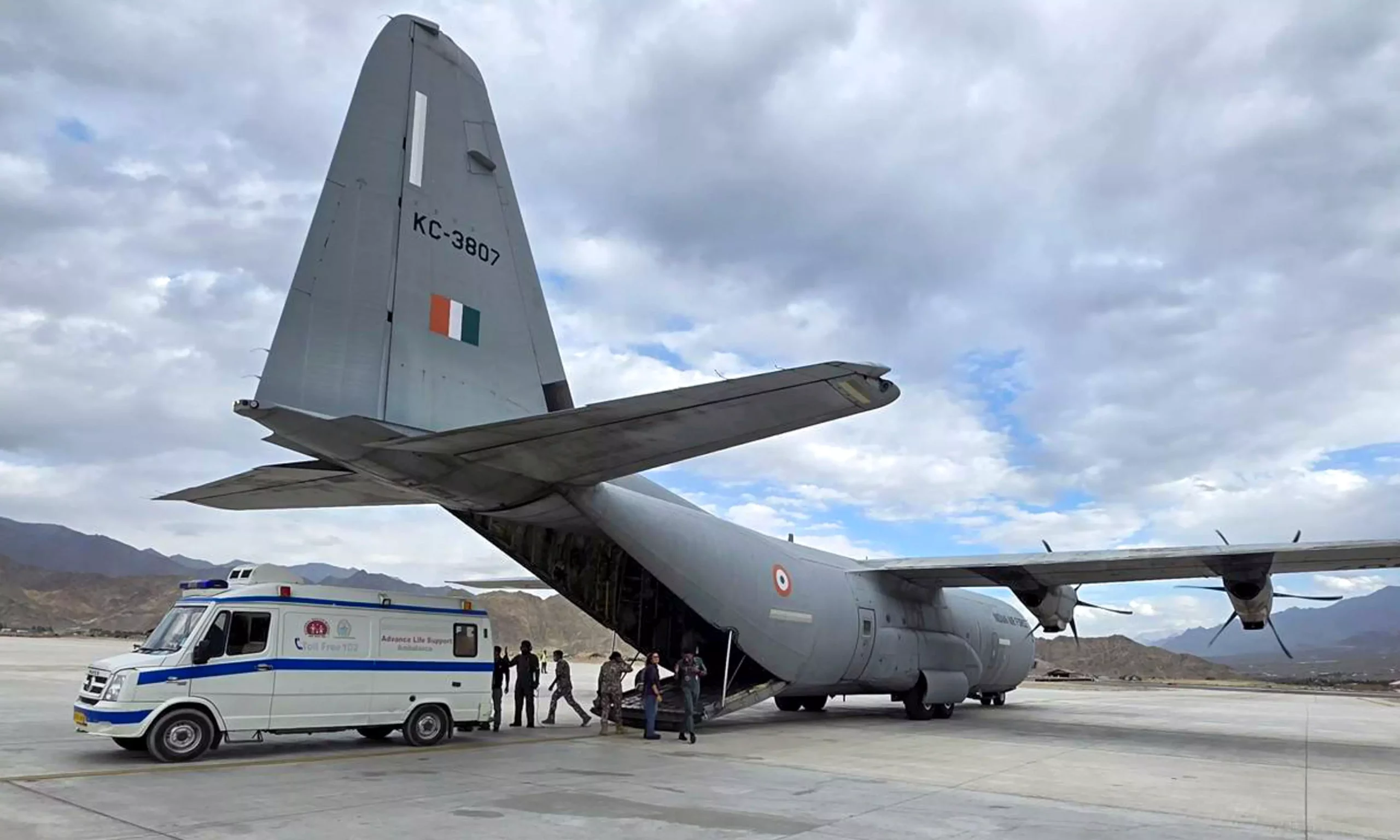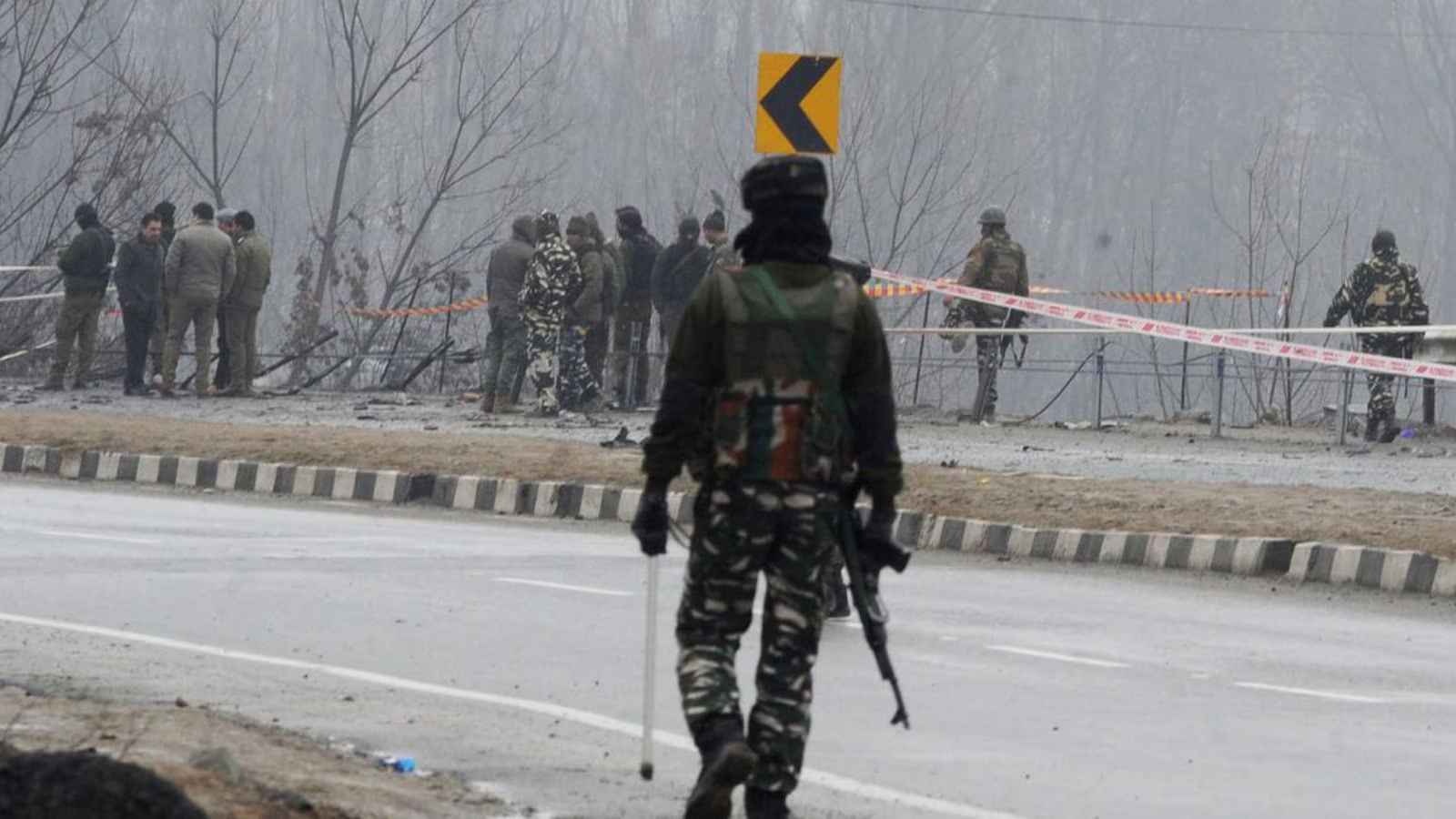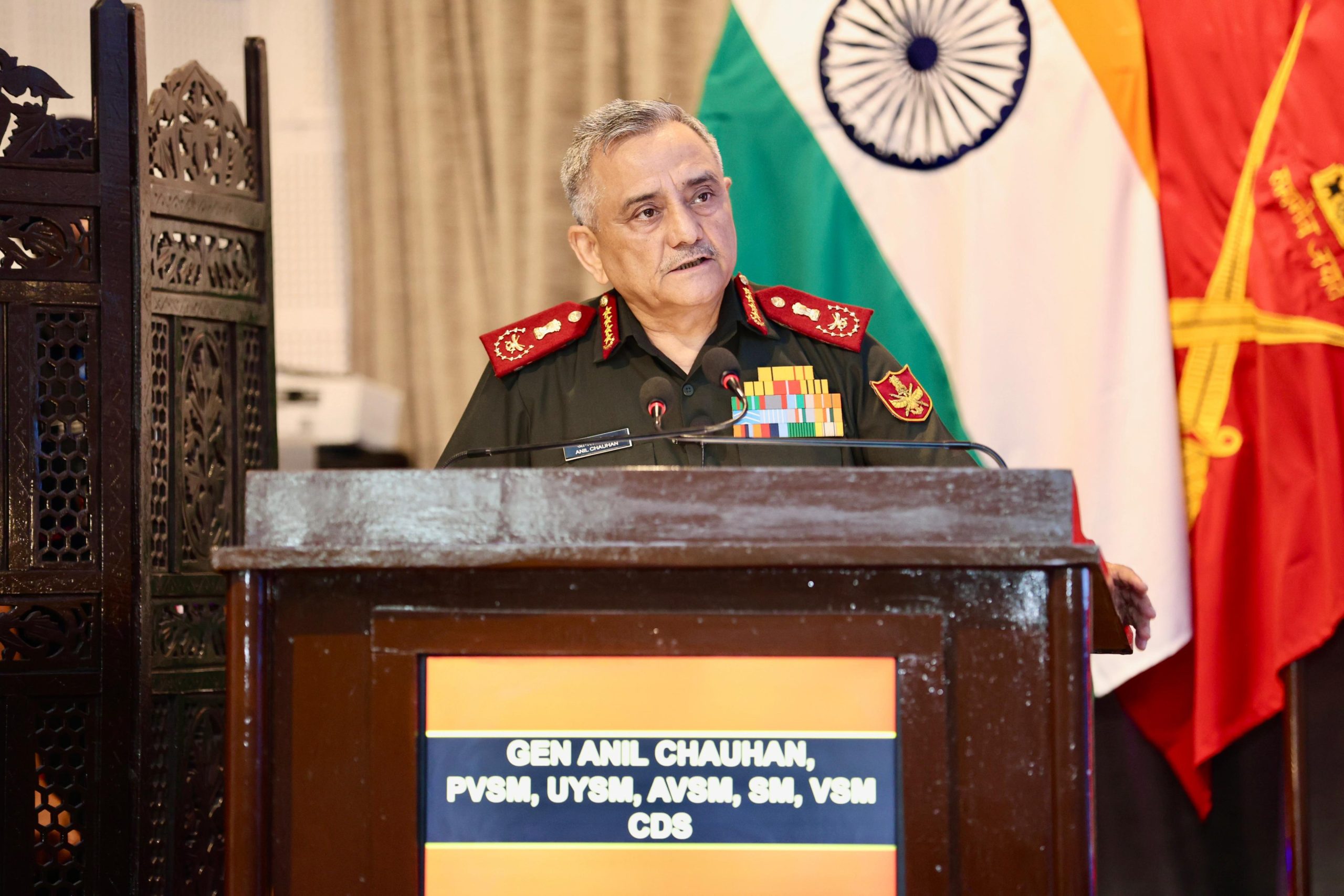Chandigarh Conman Posing as Army Major Arrested After Years of Deception
Ganesh Bhatt duped victims of over ₹60 lakh, posed as decorated officer with police backing.
Navy Commissions Advanced Multi-Mission Stealth Frigates INS Udaygiri and INS Himgiri
First-ever dual commissioning of frontline warships from two Indian shipyards marks major boost to maritime strength & Aatmanirbharta.
Army Colonel Sentenced to Six Years RI, Cashiered for Corruption in Ladakh Posting
Colonel Vikas Pandey found guilty of fraud, disproportionate assets; sentence subject to confirmation by higher authorities.
Indian Air Force to Operate Chinyalisaur, Gauchar Airstrips in Uttarakhand
State to expand Pithoragarh airport with ₹450 crore project; new heli services planned under UDAN scheme.
Pakistani Spy Linked to CRPF Official Contacted 15 Army, Paramilitary and Govt Staffers: Report
NIA probe reveals ISI handler ‘Salim Ahmed’ used honeytrap tactics, fake journalists, and hawala payments to extract classified troop movement…
CDS Stresses Jointness, Self-Reliance at RAN SAMWAD
At Army War College’s RAN SAMWAD, CDS highlights technology, jointness, and self-reliance as keys to India’s future warfighting edge.

